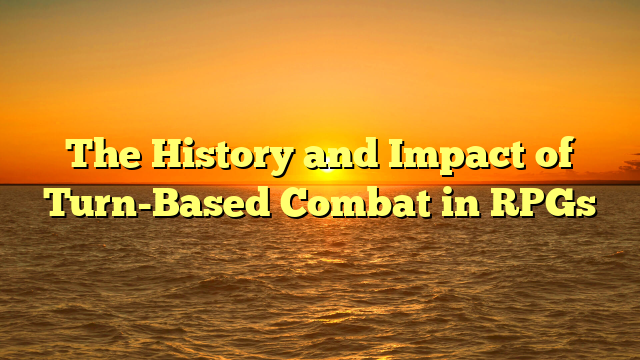Turn-based combat is one of the most iconic systems in RPG history, offering strategic depth and pacing that emphasizes thoughtful decision-making raja toto88 over reflexes. Its origins lie in tabletop gaming, where combat was governed by dice rolls, initiative orders, and distinct combat phases. Early digital RPGs adopted these mechanics because turn-based structure was easy to implement within limited computing power.
In the 1980s and 1990s, turn-based combat became the dominant format for RPGs. JRPGs popularized the style globally through franchises like Dragon Quest and Final Fantasy, which refined menus, animations, and enemy variety. These games demonstrated how turn-based combat could support immersive storytelling, giving players time to consider actions and watch dramatic attack sequences.
Western RPGs also embraced turn-based design. Titles like Fallout and Heroes of Might and Magic showcased tactical systems that rewarded positioning, resource management, and long-term planning. Meanwhile, strategy-RPG hybrids like Fire Emblem and Tactics Ogre added grid-based movement and terrain mechanics, deepening combat complexity.
By the early 2000s, real-time combat trends began to overshadow turn-based systems, as players sought faster, more dynamic action. Many studios shifted toward real-time or hybrid models to appeal to evolving market expectations. Nevertheless, turn-based combat remained popular among fans who appreciated its strategic clarity and methodical pace.
A major resurgence occurred in the 2010s, driven by both indie studios and major developers. Games like Divinity: Original Sin, Persona 5, Octopath Traveler, and Yakuza: Like a Dragon revitalized the turn-based formula with modern polish, stylish presentation, and innovative mechanics. These titles proved that turn-based combat still had broad appeal when combined with expressive art direction and thoughtful design.
Today, turn-based RPGs thrive alongside real-time counterparts. The system continues to evolve through mechanics such as timeline manipulation, action point systems, and synergy combos. Its endurance highlights the timeless appeal of strategic decision-making in role-playing games.
